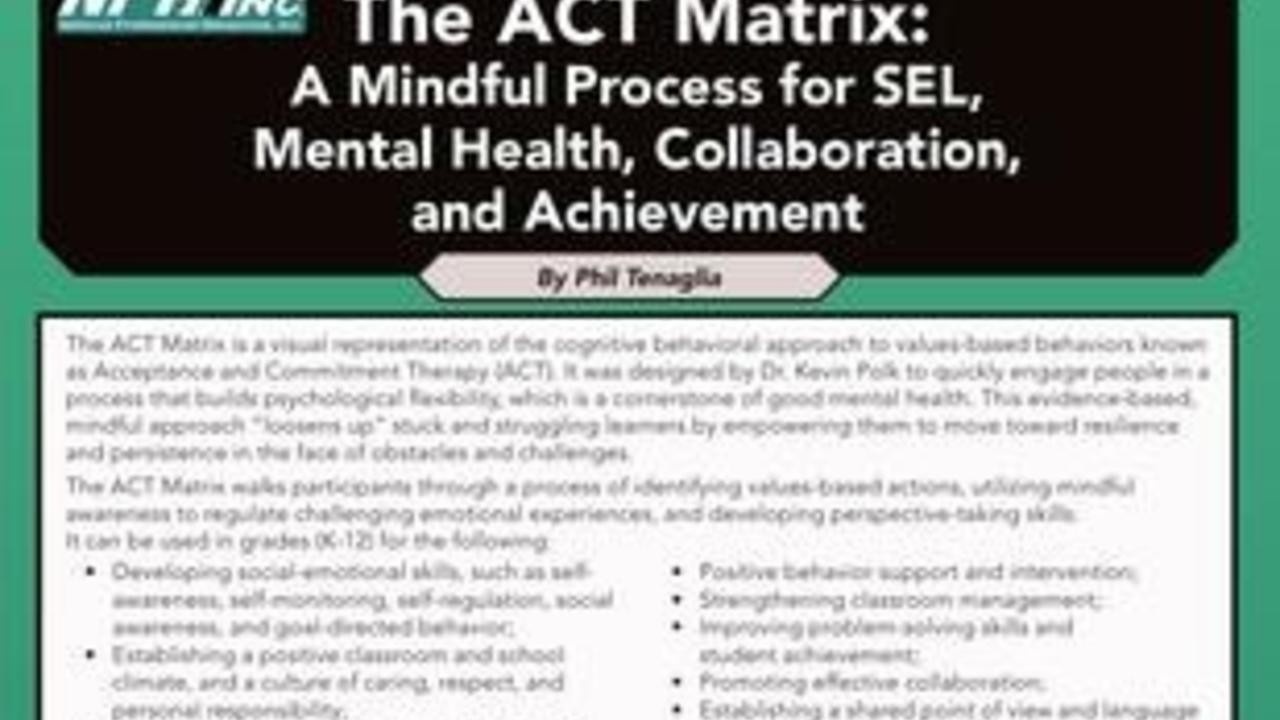Evolving Solutions for Work and Life
Start your Journey with the Prosocial Matrix and make an Impact on the World
Free Matrix Business Building Challenge Group: 3/23/21-3/26/21

We have a 5-day Business Building Challenge Group. Beginning on 3/22/2021, we will show you how to complete 1 step of a 5 step process to build a funnel that will bring clients your way.
How Rudolph Became Psychologically Flexible and Saved the Day

My all time favorite holiday story is Rudolph the Red-Nosed Reindeer. The best rendition is the 1965 stop motion animated TV special. It is still going strong and shows us what we need to know to be psychologically flexible.
Rudolph of course is the young reindeer with the shiny nose. He wants to be like the other reindeer but his shiny red nose appears to be getting in the way of things. So what happens? His parents try to cover it up so he can fit in . It doesn’t work and the herd is not kind. Even Santa does not want to stamp his ticket.
It doesn’t get much worse than being rejected by the herd, Rudolph sets off on a journey. He is joined by Hermey, an aspiring dentist trapped in an elf’s body. They form a shared purpose and Hermey declares , “Let’s be independent together!”. They are two outliers out on an adventure, both realizing they want to be who they are. They go on a hero’s quest, meet up with prospector Yukon Cornelius, tangle with the abominable snowman, and end u...
The ACT Matrix Guide: A Mindful Process for SEL, Mental Health, Collaboration and Achievement

This guide has been over 10 years in the making and was developed from the daily interactions of teachers and learners. It allows you to dive into social-emotional learning with no additional training or expertise. That is because it quickly establishes an engaging point-of-view with a simple diagram and a few respectful questions. It is for the busy professional, youth worker, assistant, or other specialist working to make a difference.
The ACT Matrix Guide transforms social-emotional learning by building self-awareness, self-regulation, and prosocial behavior in real-time with no need for downloads or manuals. It is meant to be used alongside whatever you do that works. With a little practice, you will help others move toward shared purposes, valued actions, and common goals. You will reduce your stress and spend more time influencing and less time managing.
It is available through National Professional Resources, a leader in resources for busy professionals. If you order now...


